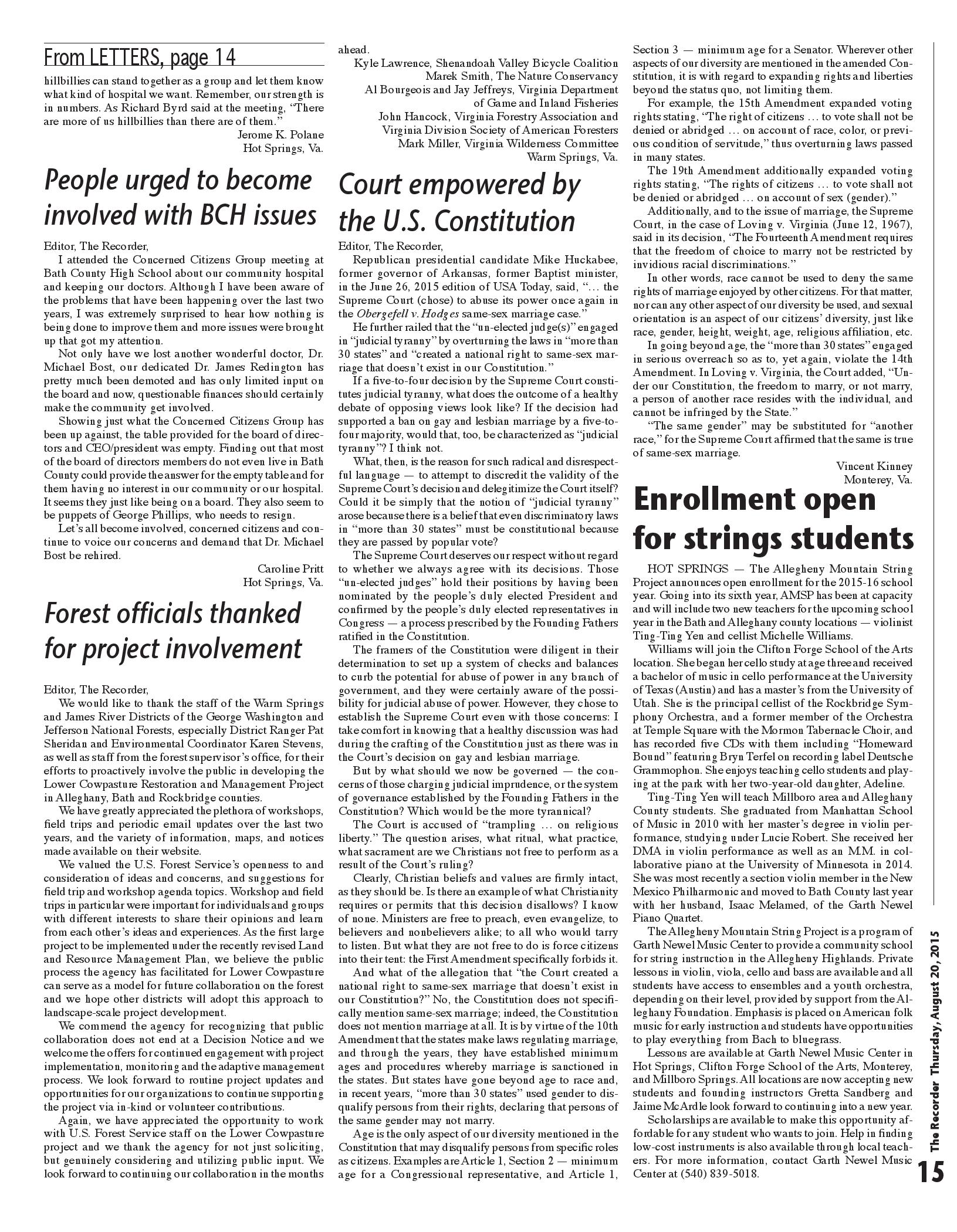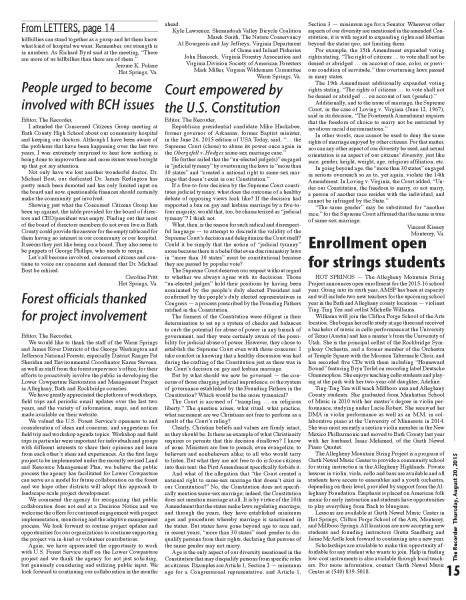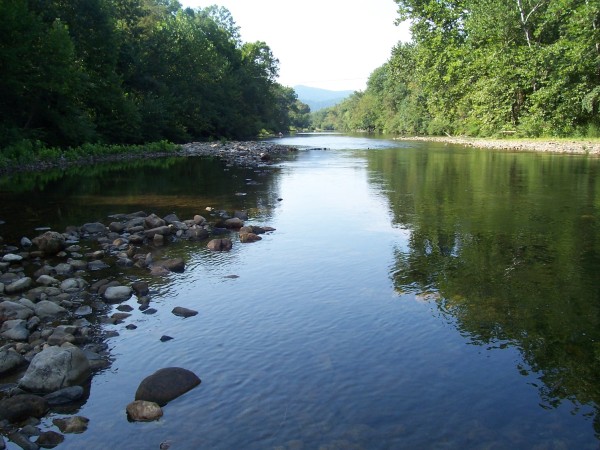Lower Cowpasture Restoration Project in the National Forest

 The George Washington National Forest remains a hot topic in local news, from fracking to pipelines, it seems that our forest has been on the front page quite often the past two years. Now that we finally have a new Forest Management plan that delicately handles the fracking issue, we can get on with actual projects on the forest that benefit the environment, wildlife, and enhances recreation in on our public lands. While most of the attention has centered on the hot button issues of fracking and pipelines, the Forest Service has been quietly undertaking the largest landscape scale planning effort in the history of the GW.
The George Washington National Forest remains a hot topic in local news, from fracking to pipelines, it seems that our forest has been on the front page quite often the past two years. Now that we finally have a new Forest Management plan that delicately handles the fracking issue, we can get on with actual projects on the forest that benefit the environment, wildlife, and enhances recreation in on our public lands. While most of the attention has centered on the hot button issues of fracking and pipelines, the Forest Service has been quietly undertaking the largest landscape scale planning effort in the history of the GW.
The Lower Cowpasture project (located in the Douthat State Park vicinity of the forest) was an impressive collaboration effort led by the Forest Service. The GW Forest did a great job keeping the process transparent. You can review a host of the documents associated with the project on the Forest Service site: Lower Cowpasture Restoration Project Public Documents.
A group of Stakeholders have been involved with the process from the beginning and recently wrote a letter to the editor of The Recorder (Newspaper serving Highland and Bath Counties). The letter commends the agency for their efforts and hard work to make the project a success. Next up may be a similar project in our neck of the woods on Shenandoah Mountain (likely north of 33).
Dear Editor,
We would like to thank the staff of the Warm Springs and James River Districts of the George Washington and Jefferson National Forests, especially District Ranger Pat Sheridan and Environmental Coordinator Karen Stevens, as well as staff from the Forest Supervisor’s Office, for their efforts to proactively involve the public in developing the Lower Cowpasture Restoration and Management Project in Alleghany, Bath and Rockbridge counties. We have greatly appreciated the plethora of workshops, field trips and periodic email updates over the last two years, and the variety of information, maps, and notices made available on their website. We valuedthe US Forest Service’s openness to and consideration of ideas and concerns, and suggestions for field trip and workshop agenda topics. Workshop and field trips in particular were important for individuals and groups with different interests to share their opinions and learn from each other’s ideas and experiences. As the first large project to be implemented under the recently revised Land and Resource Management Plan, we believe the public process the agency has facilitated for Lower Cowpasture can serve as a model for future collaboration on the Forest and we hope other Districts will adopt this approach to landscape-scale project development.
We commend the agency for recognizing that public collaboration does not end at a Decision Notice and we welcome the offers for continued engagement with project implementation, monitoring and the adaptive management process. We look forward to routine project updates and opportunities for our organizations to continue supporting the project via in-kind or volunteer contributions.
Again, we have appreciated the opportunity to work with US Forest Service staff on the Lower Cowpasture project and we thank theagency for not just soliciting, but genuinely considering and utilizing public input. We look forward to continuing our collaboration inthe months ahead.
Kyle Lawrence, Shenandoah Valley Bicycle Coalition
Marek Smith, The Nature Conservancy
Al Bourgeois and Jay Jeffreys, Virginia Department of Game and Inland Fisheries
John Hancock, Virginia Forestry Association and Virginia Division Society of American Foresters
Mark Miller, Virginia Wilderness Committee
What exactly is the Lower Cowpasture Restoration Project?
“The Lower Cowpasture Restoration Project is the largest project ever conceived in the George Washington National Forest. It spans over 77,000 acres and would take place over a span of 10 years. Most of the project area lies north and east of Covington and Clifton Forge and spans parts of Allegheny, Bath and Rockbridge Counties. The initial project overview includes over 3,700 acres of logging of various intensities and scales, and the burning of 11,500 acres. It also includes some possible extreme streambank stabilization near I-64, possible stream impoundment modifications in Simpson Creek and Wilson Creek, some road reconstruction north of Douthat State Park, some invasive plant removal and a new trail system in Rich Hole Wilderness.” Thanks to Ernie Reed from Wild Virginia for the quick synopsis of the project. You can read Ernie’s take on the project on Wild Virginia’s website.

